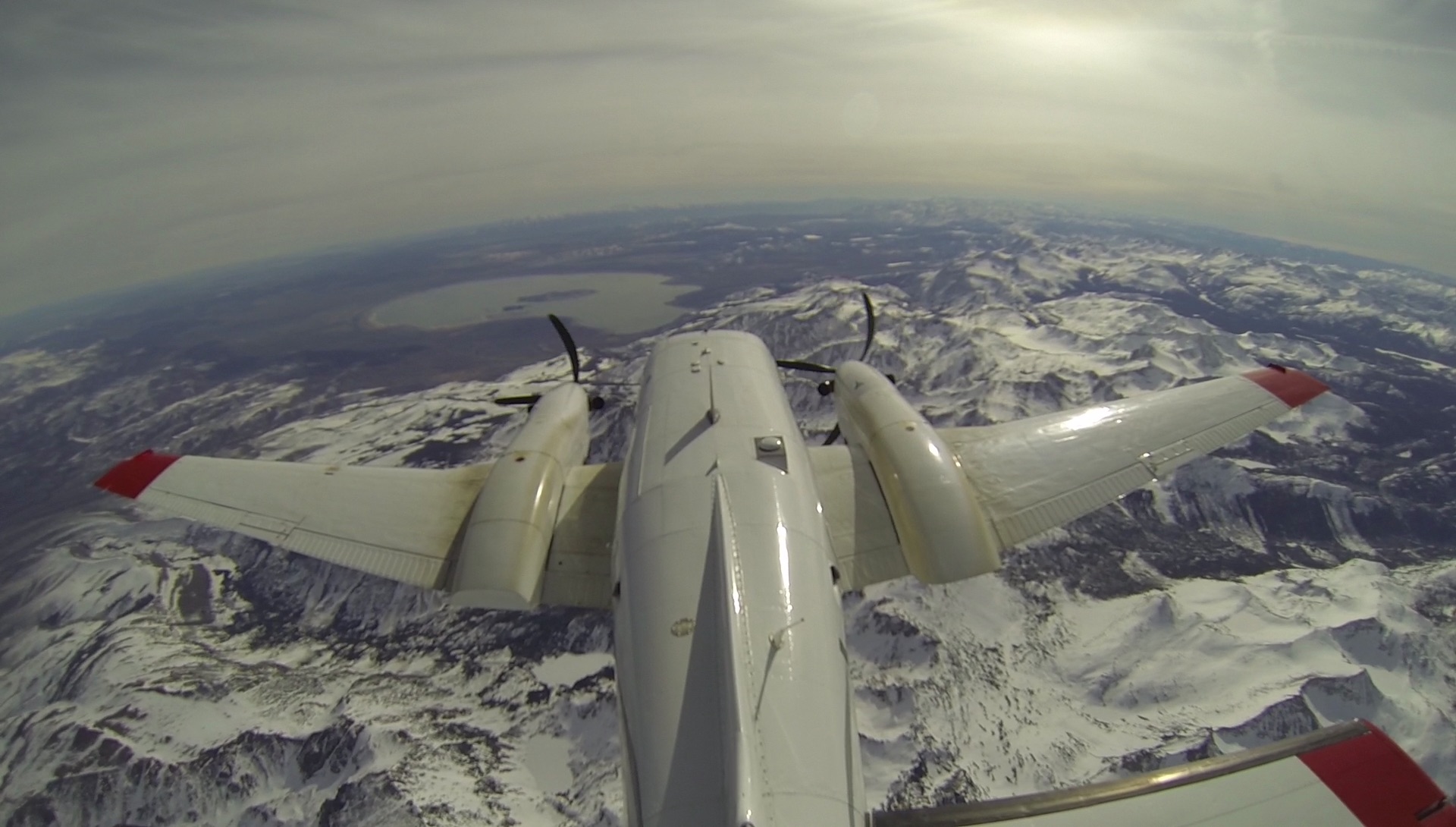NASA Is Tracking One of Earth's Most Valuable Resources — Water
Water is a complex problem on Earth: Some places get far too little of it and some get far too much.
That's why NASA and its international partners are tracking the flow of freshwater across the world in hopes of improving access to it for the billions of us who depend on it. Satellites study how water moves through its cycle. Sometimes it evaporates from warm oceans in the tropics, condenses into clouds and then falls back into the ground as snow or rain. The water might stay in a river or lake — or freeze, locked within ice or snow. It can either evaporate into the atmosphere or soak into the ground, moistening the soil or filling an aquifer.
"Fresh water is critically important to humans, both in obvious ways and in unseen ways, such as moving heat around Earth’s entire climate system," Jared Entin, terrestrial hydrology program manager in the Earth Science division at NASA headquarters in Washington, D.C., said in a statement. "With our current satellites, we are now making great progress in pinning down both the detail needed for local water decisions and the global view essential to better understanding our changing climate."
Related: Earth Day 2019: These Amazing NASA Images Show Earth from Above
NASA supports several water-management applications tailored to the needs of different communities. The agency's Western Water Applications Office, for example, works with multiple entities in the western U.S. to track how drought affects agriculture and water supplies.
Internationally, NASA works with the U.S. Agency for International Development to provide satellite data, computing tools and training through the SERVIR program. The program is intended to help African partners generate better flood forecasts and improve understanding of how the climate is changing snow packs in the Himalayas, among other applications.
Frozen water is just as important as liquid water, which is why NASA programs also monitor snow. NASA's Airborne Snow Observatory program and California's Department of Water Resources work together to put instruments on airplanes. These devices track the amount of water stored as snow across western U.S. states' watersheds. That monitoring helps scientists learn more about the timing of the spring melt.
Breaking space news, the latest updates on rocket launches, skywatching events and more!
Another snowy bit of research is SnowEx, which links field measurements of snow in the Colorado Rocky Mountains with measurements made by remote sensing by airplanes and satellites. By matching up the two types of measurements, NASA experts hope to design more comprehensive snow-measuring satellites that can reduce the need for on-the-ground data gathering.
Then there's airborne water, which NASA tracks through a global collaboration that can deliver hourly measurements of rainfall around the world. This data shows how freshwater moves around the world; sometimes this is the only information available that can give scientists a sense of soil moisture, too.
Finally, NASA satellites that monitor the gravity field of Earth can show water hidden underground. A third of the world's 37 largest aquifers are under stress from human agriculture and other "water demands," according to NASA, particularly in the Central Valley of California, the Indus Basin in northwestern India and Pakistan, and the Arabian Aquifer System in Saudi Arabia. More accurate measurements of how much water is lurking underground can help resource managers allot that water more effectively.
- Climate Change Made Recent Hurricanes Wetter. And They May Get Worse.
- This Amazing Map Shows How California 'Breathes' Water Throughout the Year
- How Weather Satellites Changed the World
Follow Elizabeth Howell on Twitter @howellspace. Follow us on Twitter @Spacedotcom and on Facebook.

Elizabeth Howell (she/her), Ph.D., was a staff writer in the spaceflight channel between 2022 and 2024 specializing in Canadian space news. She was contributing writer for Space.com for 10 years from 2012 to 2024. Elizabeth's reporting includes multiple exclusives with the White House, leading world coverage about a lost-and-found space tomato on the International Space Station, witnessing five human spaceflight launches on two continents, flying parabolic, working inside a spacesuit, and participating in a simulated Mars mission. Her latest book, "Why Am I Taller?" (ECW Press, 2022) is co-written with astronaut Dave Williams.

